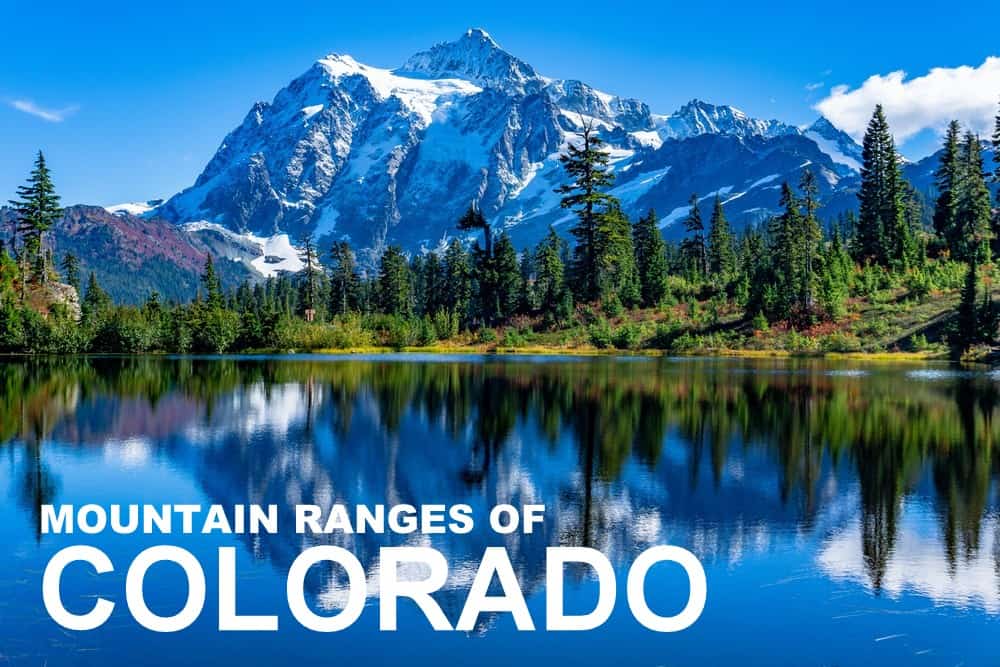
Colorado’s mountain ranges are some of the most varied in the United States. Known for their tall peaks and rocky landscapes, they offer endless opportunities for outdoor recreation.
Colorado’s mountains stand out due to their number and variety, with the Rockies forming the backbone of the state’s geography. With over fifty peaks rising above 14,000 feet, known as “fourteeners,” these ranges provide challenging climbs and breathtaking views. The state’s landscape includes alpine forests, arid deserts, and glacial valleys.
Major Mountain Ranges of Colorado
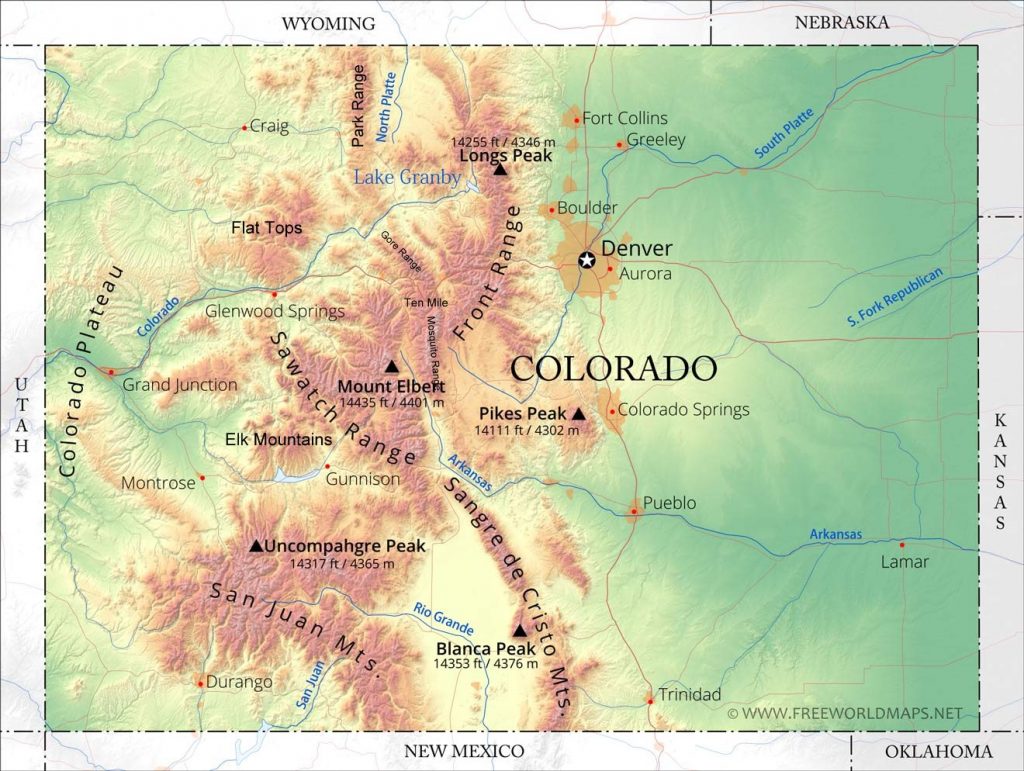
Here are the most prominent mountain ranges in Colorado:
- Rocky Mountains (parent range)
- Front Range (sub-range)
- San Juan Mountains (sub-range)
- Sawatch Range (sub-range)
- Sangre de Cristo Mountains (sub-range)
- Elk Mountains (sub-range)
- Mosquito Range (sub-range)
- Tenmile Range (sub-range)
- Gore Range (sub-range)
- Flat Tops (sub-range)
- Park Range (sub-range)
Rocky Mountains
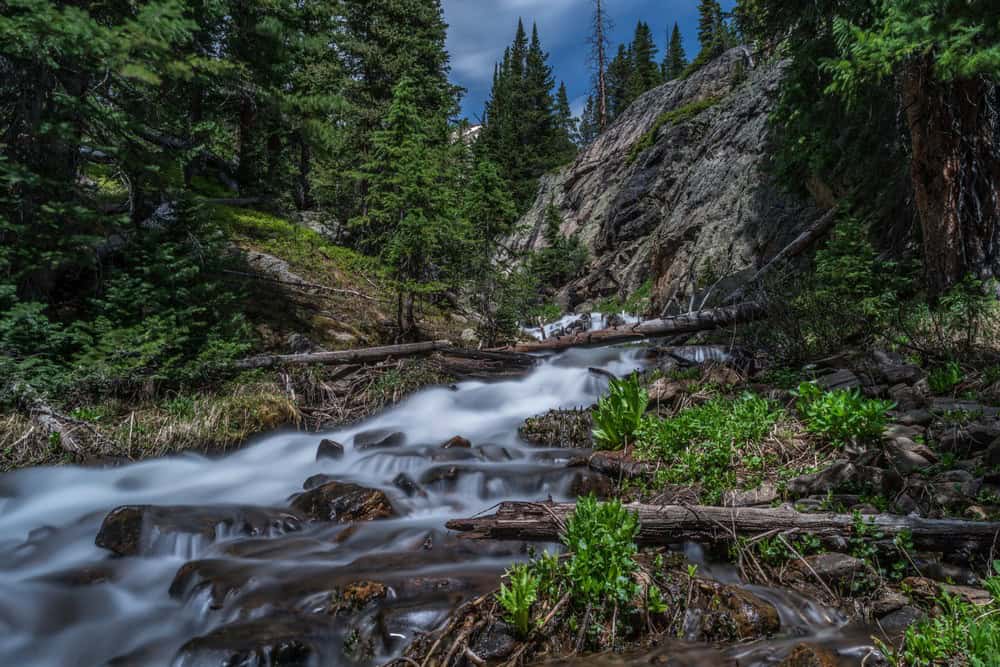
The Rocky Mountains are over 3,000 miles long, extending from northern British Columbia in Canada to New Mexico in the southwestern United States. The entirety of Colorado’s high terrain sits inside the Rockies, known as the Southern Rocky Mountain Province. In short, for Colorado mountains, the Rockies are the only parent; every subsequent range we will discuss are sub-ranges.
Rocky Mountain National Park features the best of the Rockies. It sits 70 miles (113 kilometers) northwest of Denver, within the Front Range. The park spans 415 square miles (1,075 km²) and has more than 350 miles (563 km) of trails reaching glacial lakes, waterfalls, and summit ridges. Congress created the park in 1915.
Front Range
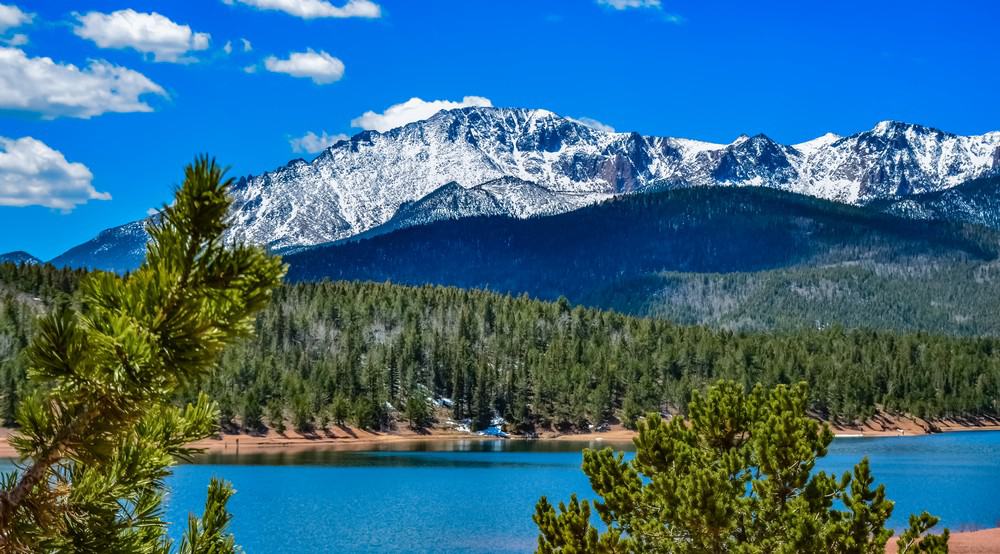
The Front Range serves as the gateway to the Rockies, with its dramatic peaks visible from the plains. It is one of the most accessible mountain ranges in Colorado, running north to south along the state’s eastern edge. The Front Range is the first range encountered when traveling west from the Great Plains, with peaks rising dramatically above the surrounding landscape. This range includes summits like Pikes Peak (14,115 feet/4,302 meters) and Longs Peak (14,259 feet/4,346 meters). Pikes Peak, known as “America’s Mountain,” can be reached via a scenic highway, a cog railway, or the demanding Barr Trail.
The Front Range borders the Colorado Front Range Urban Corridor, including cities such as Denver, Boulder, and Colorado Springs. It is a popular destination for hiking, rock climbing, and skiing. Areas like Garden of the Gods and Boulder’s Flatirons offer excellent climbing routes. The region also holds historical and cultural sites like Red Rocks Amphitheatre and Manitou Cliff Dwellings. The Front Range’s environment includes grasslands, foothills, and alpine tundra, home to wildlife like mountain lions, mule deer, and golden eagles.
San Juan Mountains
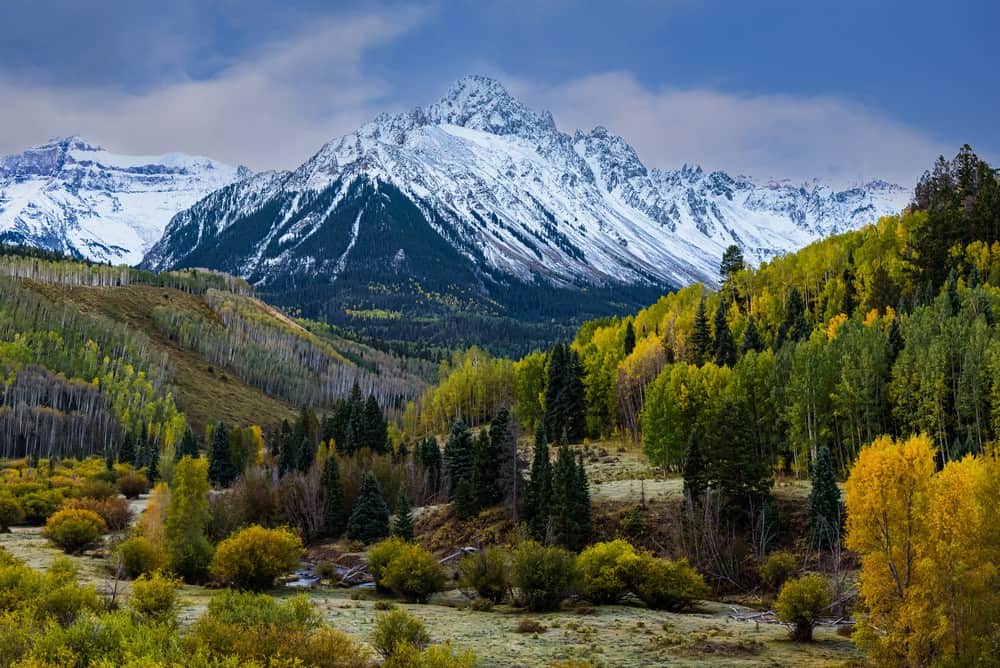
The San Juan Mountains are known for their rugged terrain and rich mining history. In the late 19th century, this range was at the center of Colorado’s gold and silver rush, with towns like Silverton and Ouray springing up almost overnight. The San Juans are also the site of some unique geological features, including volcanic calderas from ancient eruptions that shaped much of the landscape. In winter, the San Juan Mountains become a haven for skiers, with the most popular destination being the Telluride Ski Resort.
This range features sharp peaks, many rising over 13,000 feet (3,962 meters). The tallest in the range is Uncompahgre Peak at 14,309 feet (4,361 meters). One of the most well known peaks is Mount Sneffels (14,150 feet/4,313 meters), which gets its name from the Icelandic word for “snowfield.”
Sawatch Range
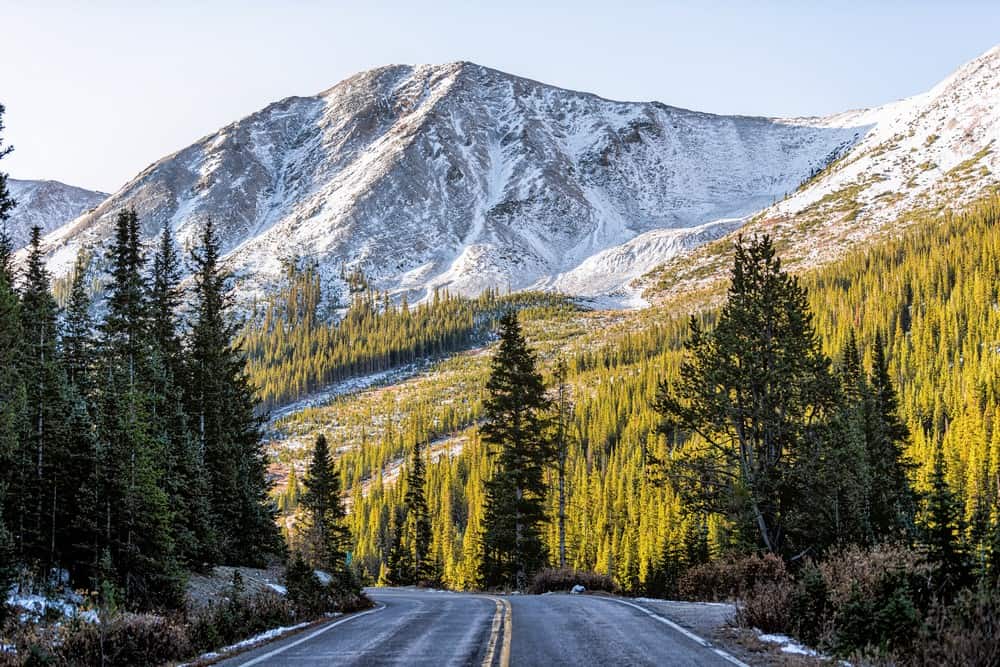
The Sawatch Range runs through central Colorado and contains many of the state’s tallest peaks, including Mount Elbert at 14,440 feet (4,401 meters). This range features a line of “fourteeners” known for their massive size and relatively gentle slopes. Mount Massive, the second-highest peak in Colorado, is also part of the Sawatch, standing at 14,428 feet (4,398 meters). This range is characterized by its broad, sweeping ridges and is known for having some of the longest and most sustained climbs in the Rockies.
The Sawatch Range also hosts Independence Pass, one of the highest paved passes in North America at an elevation of 12,095 feet (3,687 meters). The pass was historically significant during the mining boom and was used as a route for wagons and stagecoaches. Another interesting feature of the Sawatch is the Twin Lakes, a natural glacial formation that was expanded in the late 1800s to store water for irrigation. Despite its high elevations, the Sawatch has relatively gentle terrain compared to other ranges, with many peaks offering straightforward routes to their summits. This combination of height and accessibility makes it a popular destination for hikers and climbers.
Sangre de Cristo Mountains
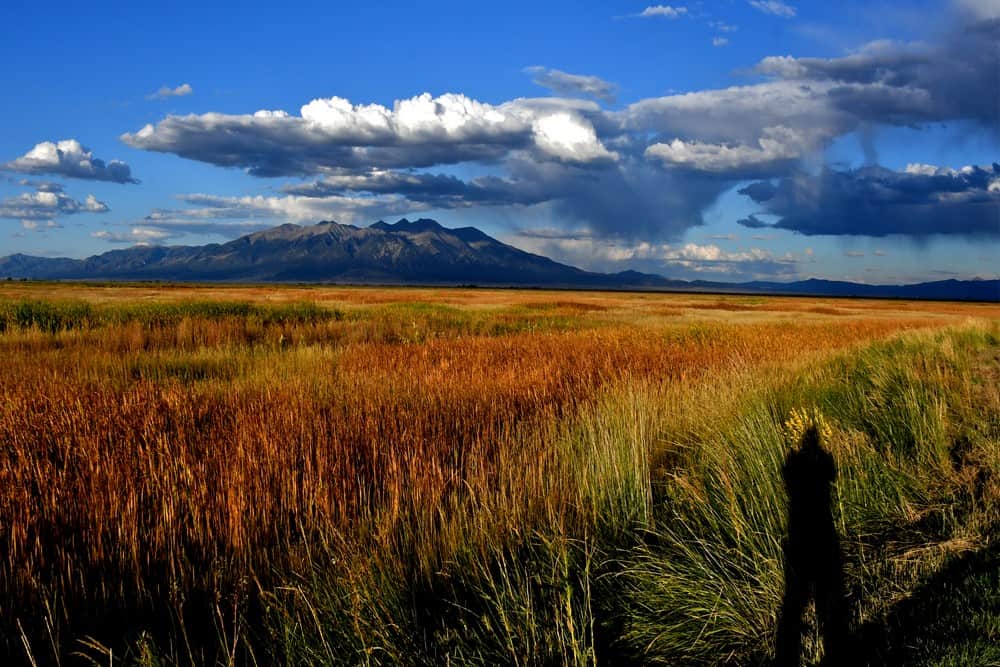
The Sangre de Cristo Mountains form the southernmost subrange of the Rockies, stretching into northern New Mexico. These mountains are among the youngest ranges in Colorado, with steep, jagged peaks formed by faulting rather than folding. The range got its name, which means “Blood of Christ” in Spanish, from early explorers who noted the red hue of the mountains at sunrise and sunset. Blanca Peak (14,351 feet/4,374 meters), the highest in the range, was sacred to the Navajo people, who called it “Sisnaajini” or “White Shell Mountain.”
The Crestone Needles are particularly famous for their sheer, serrated rock formations, attracting climbers looking for a challenging ascent. The Great Sand Dunes, the tallest in North America, are located near the base of the Sangre de Cristo Mountains. They were formed by wind patterns that pushed sand from the ancient Lake Alamosa basin against the mountains.
Elk Mountains
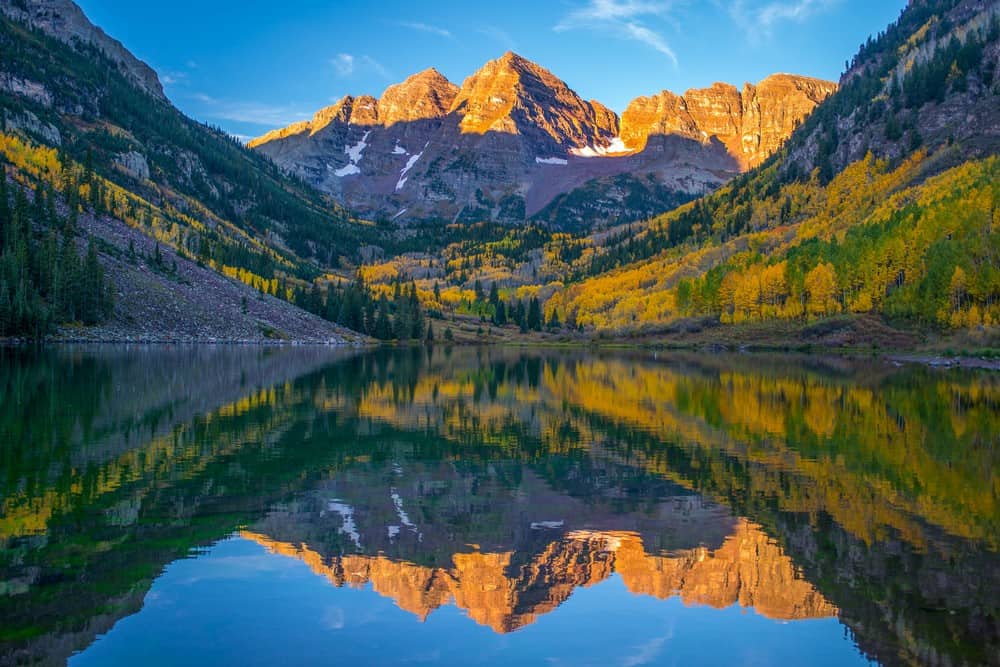
The Elk Mountains are noted for their striking red sedimentary rock. Among these peaks, the Maroon Bells are the most famous, with their distinctive twin summits composed of metamorphic sedimentary mudstone. The deep maroon hue of the Bells, especially when reflected in the serene waters of Maroon Lake, makes them one of the most photographed mountains in North America. While the Maroon Bells are iconic, the highest peak in the range is Castle Peak, which towers at 14,309 feet (4,361 meters).
In winter, the Elk Mountains transform into a premier destination for skiing and snowboarding. Aspen and Snowmass are the standout resorts in the region. Beyond the natural beauty and outdoor recreation, the Elk Mountains also hold historical significance. The range is home to the Ashcroft Ghost Town, a well-preserved relic from the silver boom of the late 19th century. Once a bustling mining community, Ashcroft now serves as a window into Colorado’s past, with its abandoned buildings and old streets.
Mosquito Range
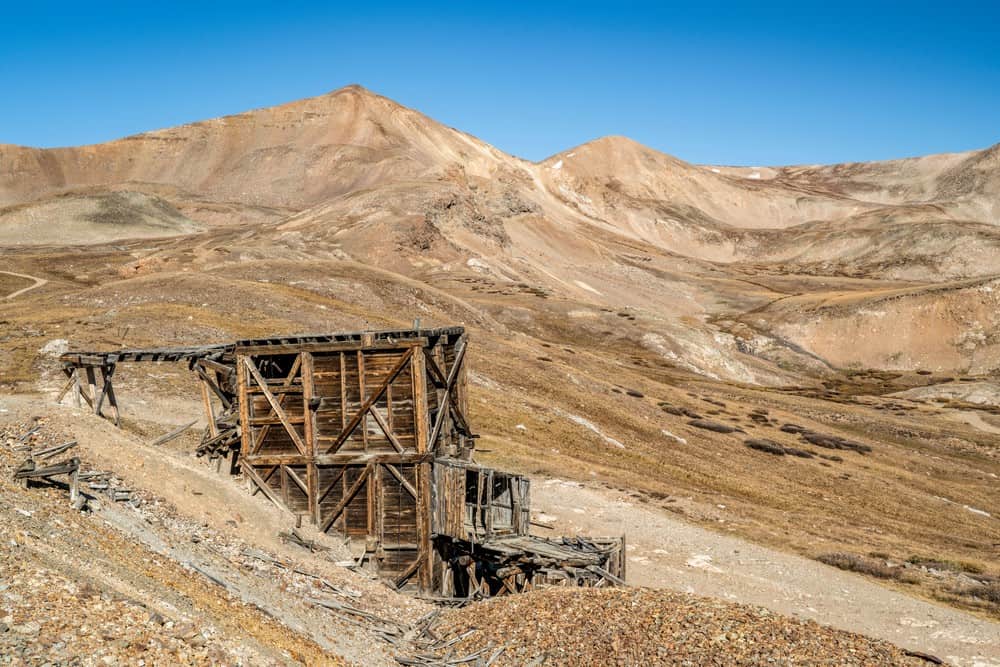
The Mosquito Range lies in central Colorado. Despite its name, the range is not particularly known for mosquitoes but for its mining heritage. In the 19th century, this area was bustling with prospectors seeking fortune in silver and gold, and today, you can still find remnants of that era in the form of abandoned mines, cabins, and ghost towns scattered throughout the mountains. This range includes several “fourteeners,” with Mount Lincoln being the tallest at 14,286 feet (4,354 meters).
The Mosquito Range’s alpine environment supports diverse wildlife, including mountain goats, bighorn sheep, and pika. Unlike the rugged crags of the San Juans or the jagged spires of the Elks, the Mosquito Range’s more moderate terrain is covered in a blanket of wildflowers during the summer months. This region is also home to several high-altitude passes, including Mosquito Pass, which, at 13,185 feet (4,018 meters), is one of the highest vehicle-accessible passes in North America.
Tenmile Range
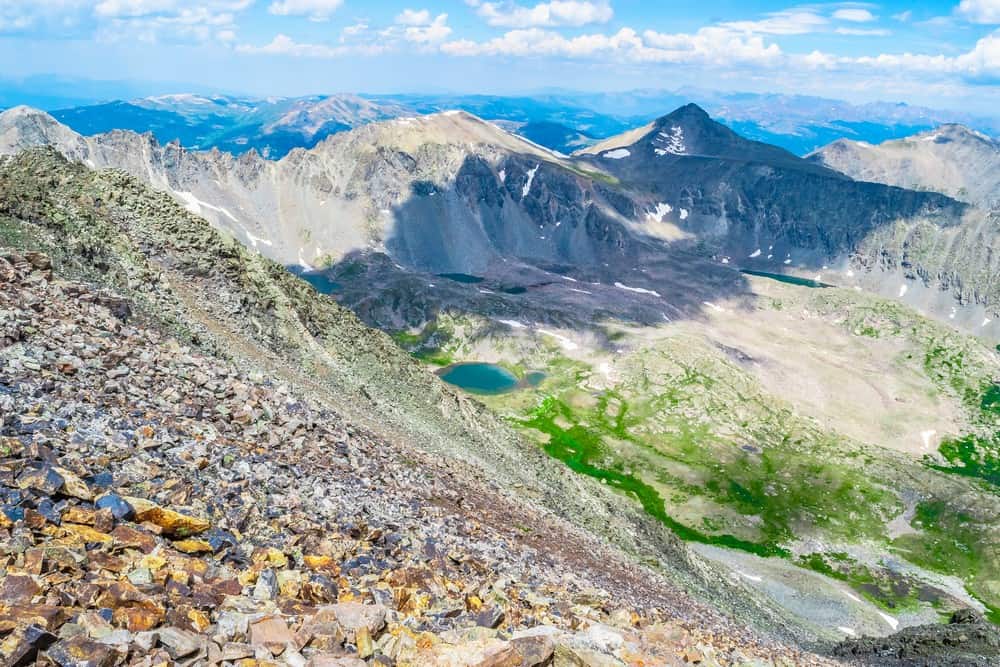
The Tenmile Range extends southward from Frisco and Breckenridge, featuring a distinctive line of peaks, many of which exceed 13,000 feet (3,962 meters). This range ends dramatically with Quandary Peak, the highest summit at 14,265 feet (4,348 meters). The area is also home to the Peaks Trail, a popular hiking and biking route that connects the towns of Frisco and Breckenridge. Wildlife in the Tenmile Range includes black bears, mountain lions, and a variety of bird species.
One geological highlight of the Tenmile Range is its glacially carved valleys, with U-shaped profiles indicating the powerful glacial activity that shaped these mountains during the last Ice Age. The region is also rich in mineral deposits, including silver and gold, which spurred mining activity in the late 19th and early 20th centuries. Remnants of this era can still be seen in the form of abandoned mine shafts and equipment, adding a layer of historical intrigue to the landscape.
Gore Range
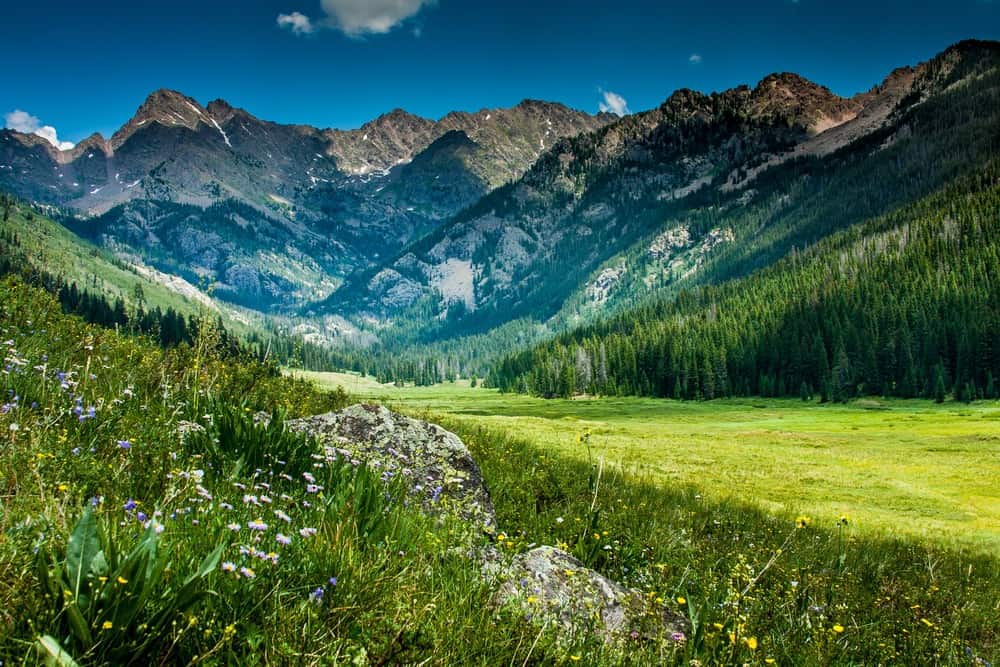
The Gore Range is a hidden gem in Colorado, often overlooked due to its remote and rugged nature. Spanning about 60 miles from Gore Canyon near Kremmling down to the area around Vail, this range is less accessible than others, with few established trails leading to its summits. This lack of development has kept the Gore Range wild and relatively untouched, making it a favorite among those seeking a true wilderness experience. Mount Powell is the highest peak in the range at 13,586 feet (4,141 meters).
Glacial lakes like Piney Lake and Willow Lakes are found within the range, offering pristine waters and idyllic settings for those who reach them. These lakes, often surrounded by dense forests and alpine meadows, provide habitats for a range of wildlife, including elk, mountain goats, and moose. The Gore Range’s geology is primarily composed of ancient Precambrian rock, some of the oldest in Colorado, which contributes to the range’s rugged appearance.
Flat Tops
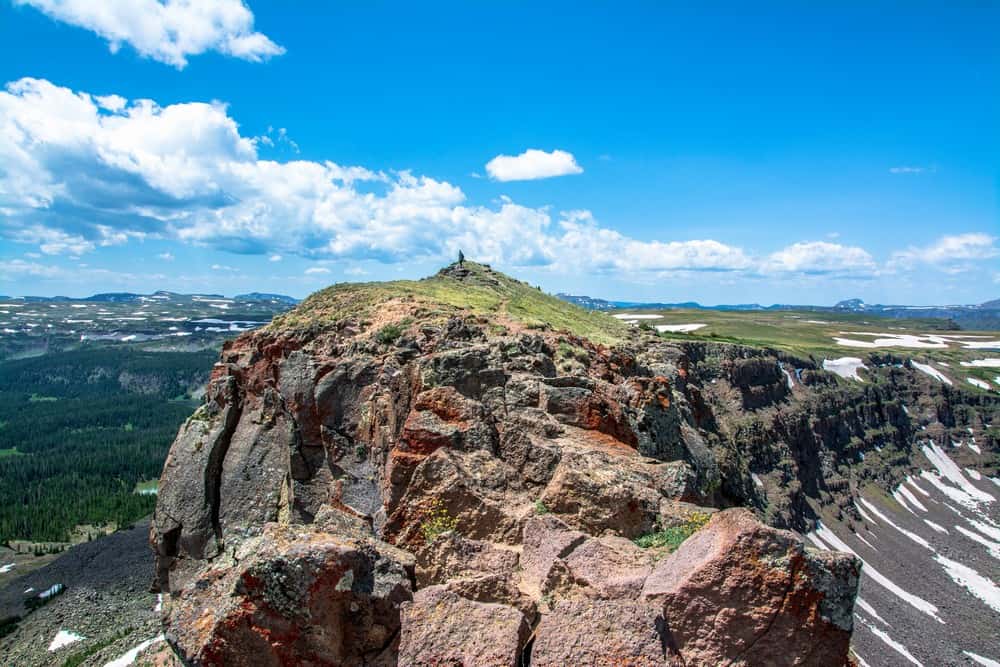
The Flat Tops in northwestern Colorado are known for their broad, flat summits. This unique topography is a result of volcanic activity around 50 million years ago, which led to the formation of these flat summits. Flat Top Mountain, the highest point in the range, stands at 12,354 feet (3,765 meters). The Flat Tops Wilderness Area is the second largest wilderness in Colorado, spanning over 235,000 acres.
One of the most striking features of the Flat Tops is the Devils Causeway, a narrow ridge that connects two sections of the range. This knife-edge passage, with steep drop-offs on either side, offers a thrilling challenge for hikers and has become a signature feature of the area. The range is also home to hundreds of lakes and streams, many of which are stocked with trout, making it a popular spot for fishing.
Park Range
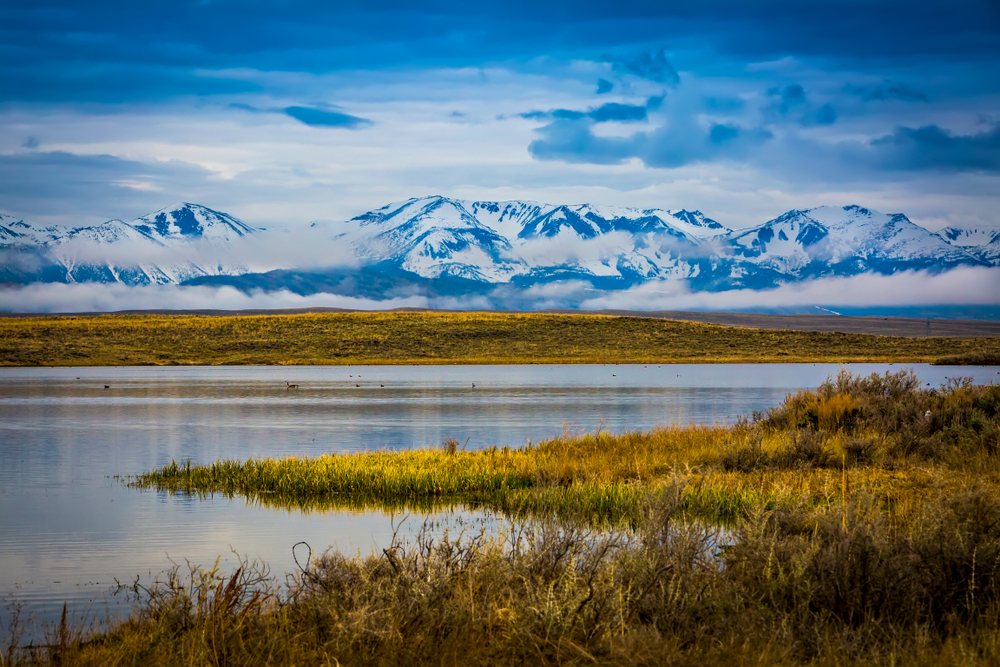
The Park Range forms a rugged spine along the Continental Divide in north-central Colorado, stretching into southern Wyoming. Its high point, Mount Zirkel, rises to 12,185 ft (3,714 m). Peaks here sit below the fourteeners yet feel wilder due to thick spruce forests and limited road access. Deep winter snow feeds the Yampa and Elk Rivers, creating lush summer meadows and prime elk habitat. Broad ridgelines hold long sections of the Continental Divide Trail, offering multi-day routes without technical ground. Steamboat Springs lies at the range’s western foot, using the heavy snowfall for world-class skiing.
Rabbit Ears Pass, at 9,426 ft (2,873 m), gives the easiest paved crossing and showcases the twin volcanic pillars that name it. Buffalo Pass, a seasonal dirt route, records some of Colorado’s highest snow totals, often exceeding 500 in (1,270 cm) annually. North of Steamboat, Hahns Peak rises to 10,774 ft (3,284 m); this extinct volcano once hosted a 19th-century gold rush and now provides a short but steep fire-lookout hike. Designated wilderness areas like Mount Zirkel and Sarvis Creek protect untouched alpine basins filled with glacial lakes.




























































